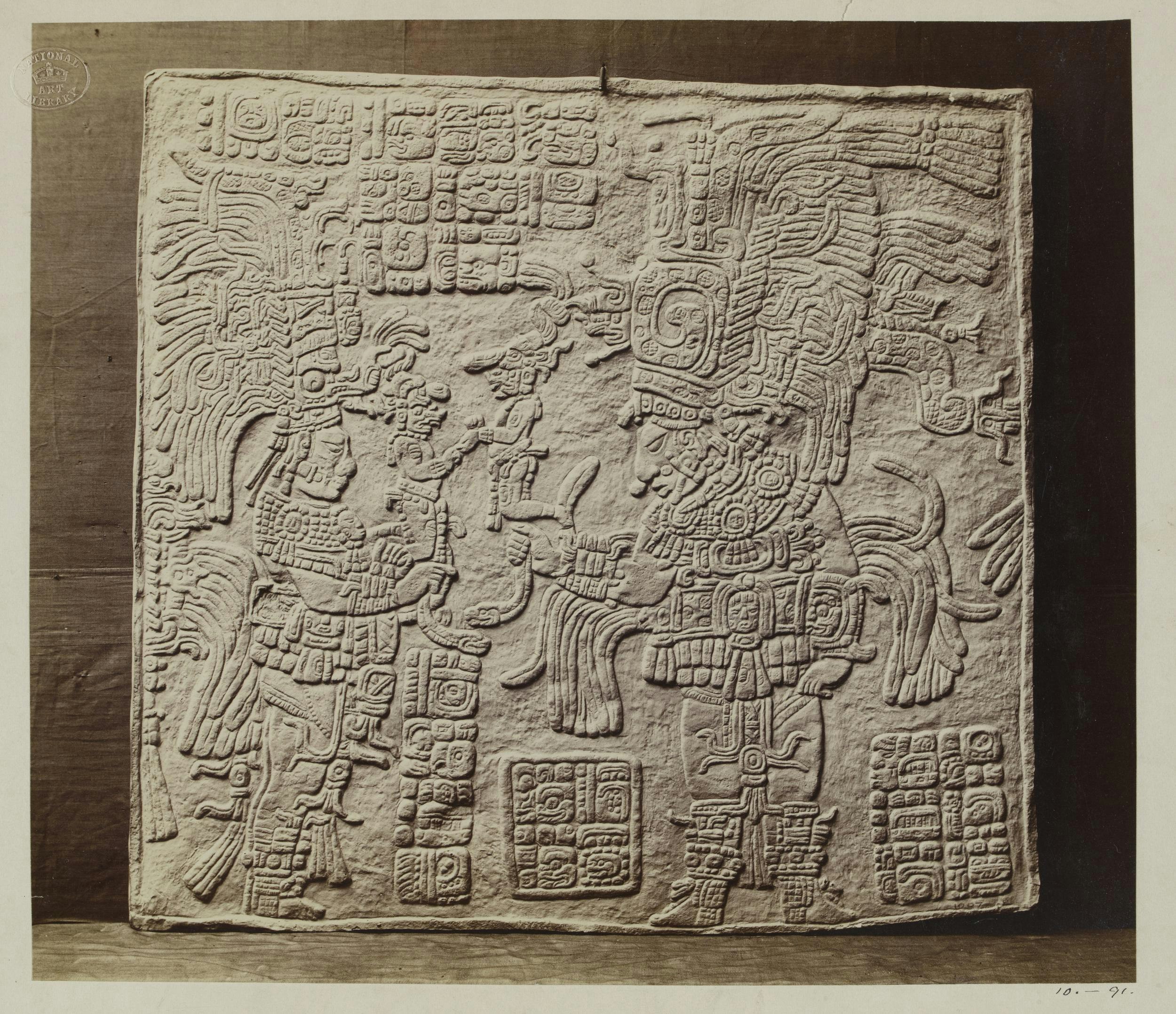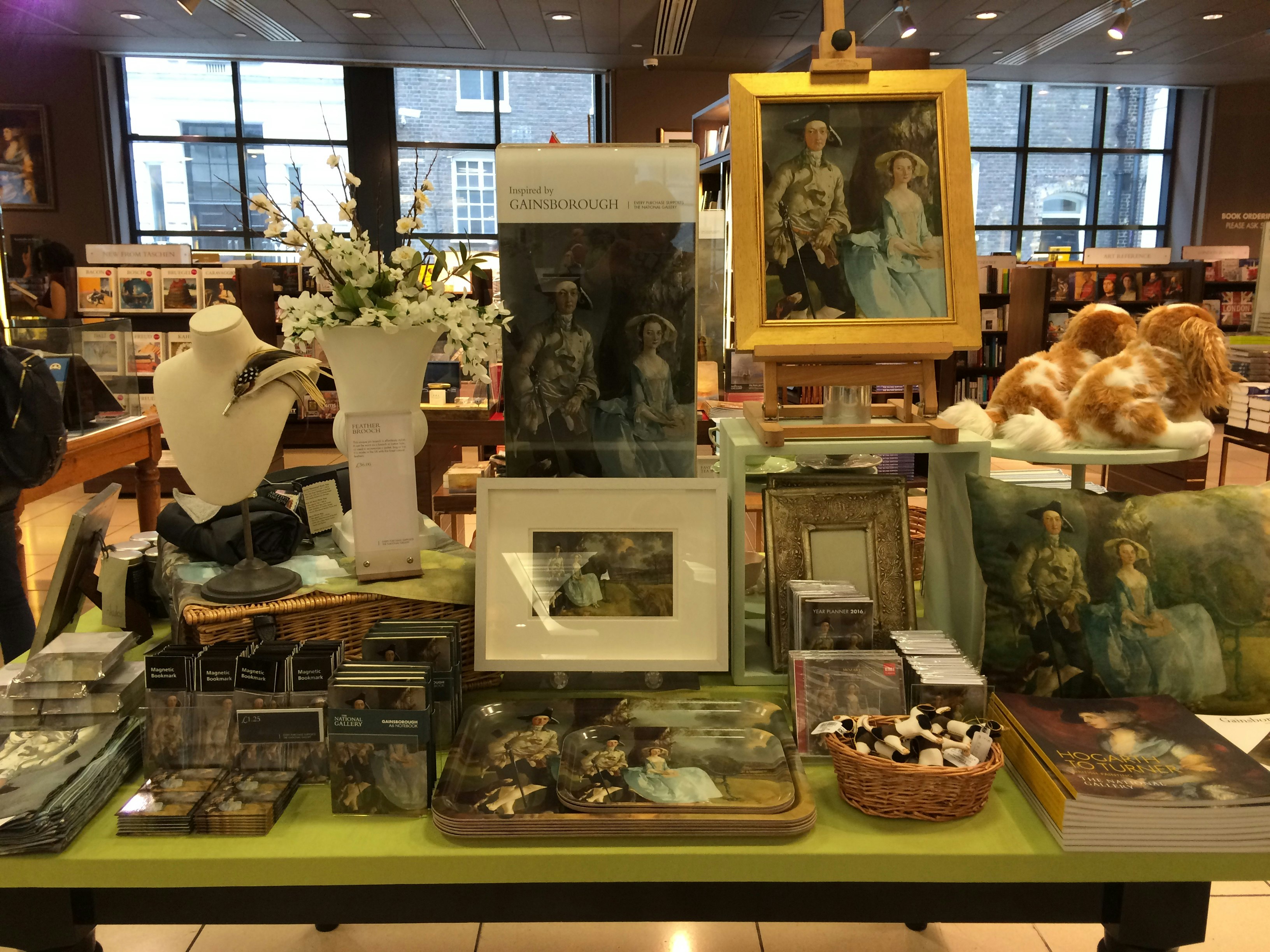The Presence of Non-Collections and the Challenge of Photographic Ecosystems
I recently attended a leaving party for a museum photographer of some 30 years service. The usual orations were accompanied by a digital slide show of his work over those last 30 years during which he had excelled in a range of museum demands. He made bundles of sticks look exciting and provided photographs of masks, chests or totem of such technical precision and virtuosic lighting that First Nations carvers in Canada could reconstitute the haptics of their traditional carving practices – retracing chisel marks. It was also a slide show of how a museum sees itself and how it performs its objects. Yet these photographs were, until that moment, invisible as a photographic practice, and above all, they are not understood as part of the photograph collection at that institution. They are non-collections, ‘just there’, everywhere and nowhere.
In my last blog post I wrote about the way in which photographs form the ecosystem of the museum. An ecosystem can be defined as a barely perceptible but palpably present network of finely balanced yet vital set of interconnections, dependencies, benefits and threats, which sustain a particular environment expressed through practices, materialities, hierarchies and values. 1See Elizabeth Edwards and Sigrid Lien, Uncertain Images: Museums and the Work of Photographs (Farnham: Ashgate, 2014). Ecosystems are thus vital yet ‘just there’. Most of these photographs are outside the patterns of intentional collection, the latter forming only the tip of the institutional photographic iceberg. ‘Non-collections’ accrue through the day-to-day practices of institutions, often in relation to other classes of objects, whether paintings or totem poles. Photographs of huge variety are produced for displays, collections management, conservation, web resource, loans requirements and marketing for instance, to the extent that arguably museum objects are ‘made’ by the sum of their photographic representations. Even intentionally collected photographs, in formal ‘collections of photographs’, are subject to these procedures. The photographic object in the museum, a Julia Margaret Cameron photograph in a web resource and exhibition catalogue, is produced through a meta-data of other photographs through a processually invisible layering of those photographs.
In this post I want to pick up some of the threads on institutional practices and hierarchy. How do institutions and people mobilise and use photographs to produce information or evidence and under what conditions? Non-collections are in and of the institution ‘ecologically’, but they are not perceived as significant. Indeed they are invisible – it is astonishing how many curators will say “oh, we don’t have any photographs here”. Yet, as I have indicated, the ethos of their institution is articulated through photographic values, what Douglas Crimp noted as the “homogeneity” that photography gives to institutions. 2Douglas Crimp, On the Museum’s Ruins (Cambridge/MA: The MIT Press, 1993), 56. Many museums control object photography very carefully – ‘branding’ the institution –dictating which pantone numbers can be used as backgrounds, the overall point of view, for instance. A museum photographer, at that moment photographing a Renaissance carved stone panel, told me his instruction was to photograph every object “as if you are standing in front of it”.
It is precisely because photographs constitute the vital ecosystem of the museum, and I mean vital in both senses of necessary and dynamic, that we need to excavate the majority practice of photography in museums and the saliency of photographs in almost every aspect of museum activity, as central to the very production of their meaning. Indeed, perhaps we need to see the institutional photographic studio as what Bruno Latour has described as a “centre of calculation” where knowledge is accumulated, values are cohered and epistemologies performed. 3Bruno Latour, Science in Action: How to Follow Scientists and Engineers Through Society (Milton Keynes: Open University, 1987) 215 seq.
Now of course it is arguable that these are merely mechanical photographs – functional in form and intention. But does this, in terms of social and cultural history, necessarily make them lesser photographs, especially when one considers that the skill and aesthetic understanding of, for instance, object photography, employed especially in major museums, is second to none? Such photographs have enormous historical value as traces of shifting social and cultural practices, concepts of the precious, and the relationship between objects and a sense of the past. They articulate and perform the values systems around classes of object, transforming an African mask or Northwest Coast totem pole for instance, from scientific object, to exotica, to art work, to cultural heritage. 4See Elizabeth Edwards, Raw Histories: Photographs, Anthropology and Museums (Oxford: Berg, 2001), chap. 3. See also Virginia Lee Webb, Perfect Documents: Walker Evans and African Art, 1935 (New York: Metropolitan Museum of Art, 2000); Wendy A. Grossman, Man Ray, African Art and the Modernist Lens (Washington DC: International Arts and Artists, 2009). Many it should be added have clear aesthetic value as well.
However, we are back with hierarchies of value, for not only are such photographs not part of the museum collections, they are seen as entirely expendable. Outdated formats are simply superseded and disposed of, destroying the archaeology of epistemic images that chart the history of their institutions: glass plates are replaced by film and transparencies, which are in their turn replaced by digital. I have recently been working on the early history of picture postcards produced by museums. It is astonishing how few institutions have any record of this humble but vital form which circulated a sense of their collection in the public sphere in pre-digital days. I am having to make my own ad hoc collection from junk stalls and eBay which is hardly a scientific sample.
 Alfred Percival Maudslay, Photograph of a plaster cast of a panel carved with Mayan script and two figures of gods, the original was found on the banks of the Usumacinta River, Mexico. Courtesy Victoria and Albert Museum
Alfred Percival Maudslay, Photograph of a plaster cast of a panel carved with Mayan script and two figures of gods, the original was found on the banks of the Usumacinta River, Mexico. Courtesy Victoria and Albert MuseumThese decisions, the recognition or non-recognition of photographs as significant, whether aesthetically, materially or historically (or any combination of these values), and how institutions mobilise their collections, have major implications for the way photographic histories get written. As many commentators have noted, all histories are texted through the patterns and practices of their archiving, photographic history being no exception. The new historiographies of photography that have emerged in recent decades are more concerned with what photographs do as social and cultural actants and the processes that produce them rather than the traditional focus on the end product – the photograph – alone. As such the social cultural, economic and political effects of these ‘non-collections’, as they go about their work, are of major analytical importance in any thinking about the reproduction of cultural values. While this is undoubtedly happening, the institutional structures and value systems to support such research are often sadly lacking. André Malraux famously commented that art history is the history of that which can be photographed. 7André Malraux, Museums Without Walls [Le musée imaginaire], transl. Stuart Gilbert and Francis Prace (London: Secker and Warburg, 1962). Collections history is similarly a history of seeing performed through photographs, because photographs and evidential value are complex outcomes emanating from specific social practices. Yet these photographs remain seen as ancillary ‘non-collections’, ‘just there’, because, as Crimp again has noted, the “fatal error” for museums, and especially those invested in photography, is to admit the very thing that constitutes it – in our case non-collections. 8Douglas Crimp, On the Museum’s Ruins (Cambridge/MA: The MIT Press, 1993), 56. But I think their time is coming.
